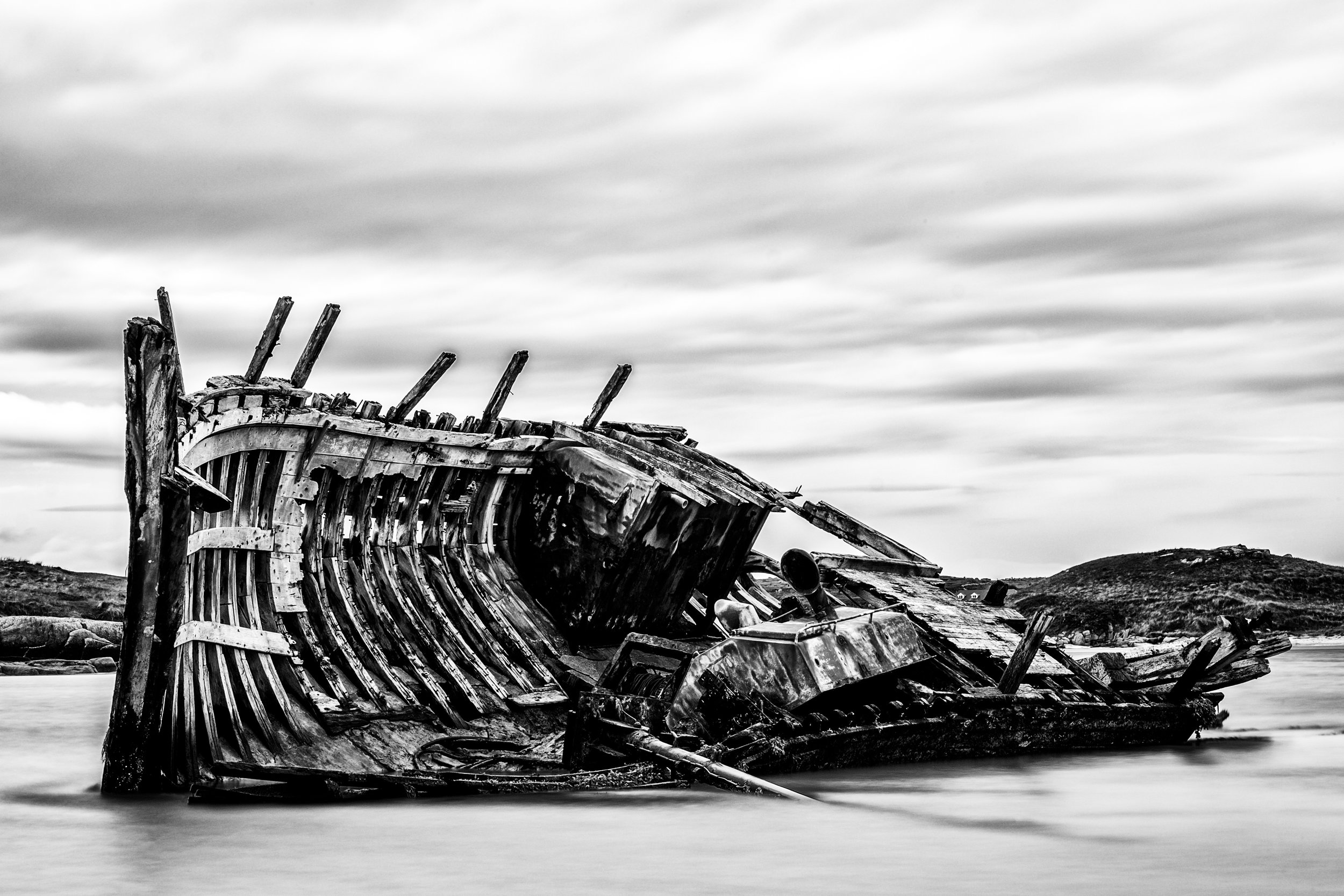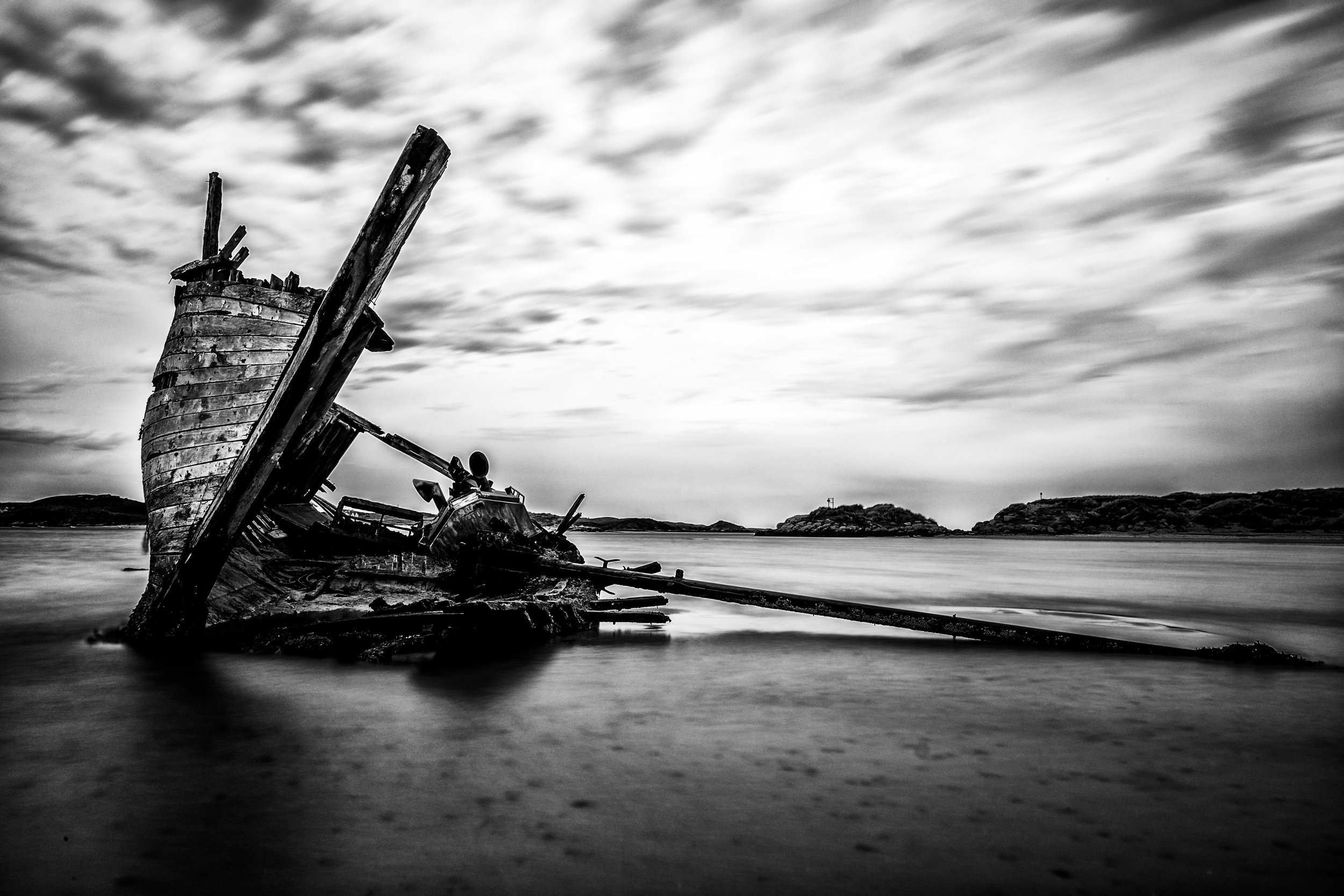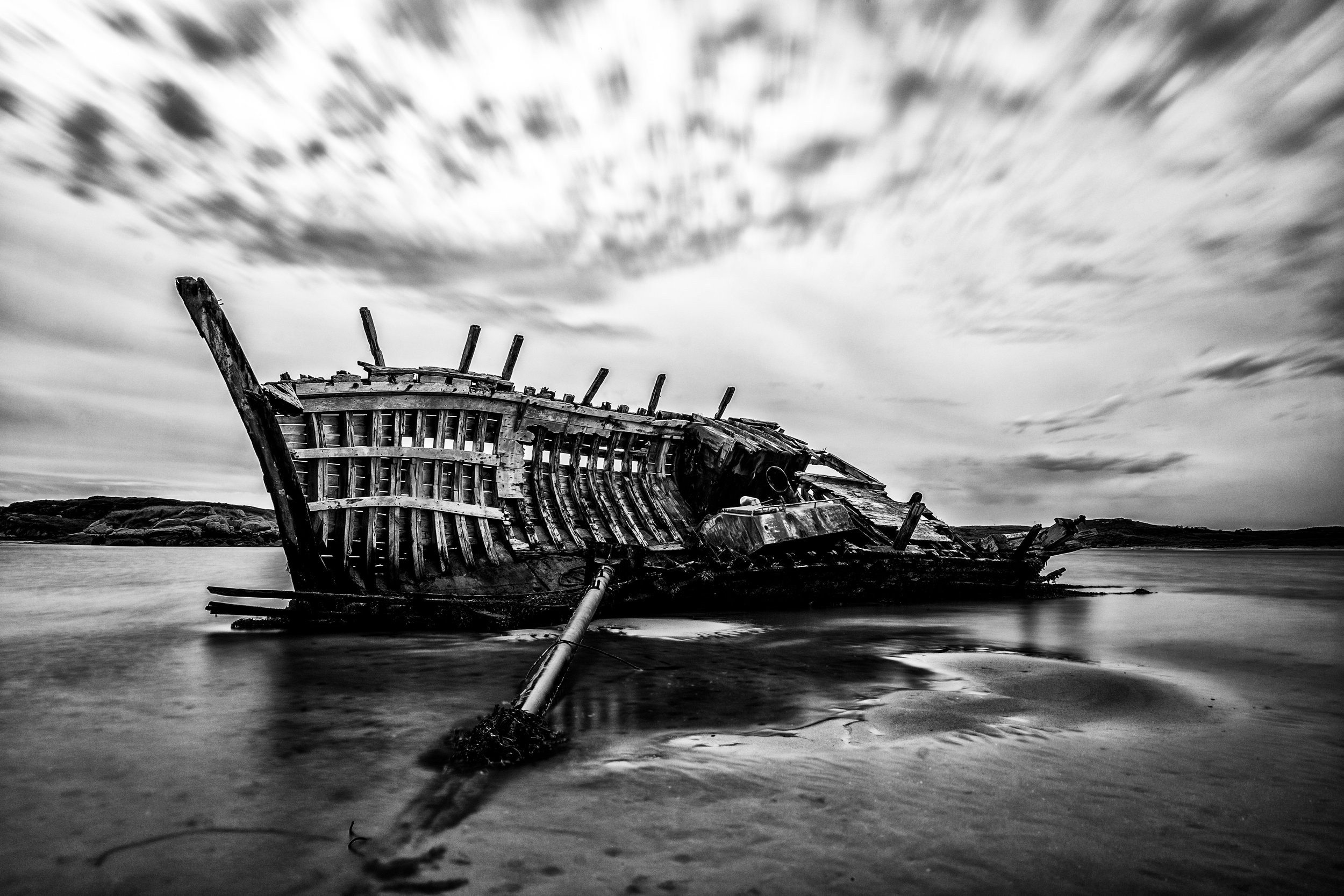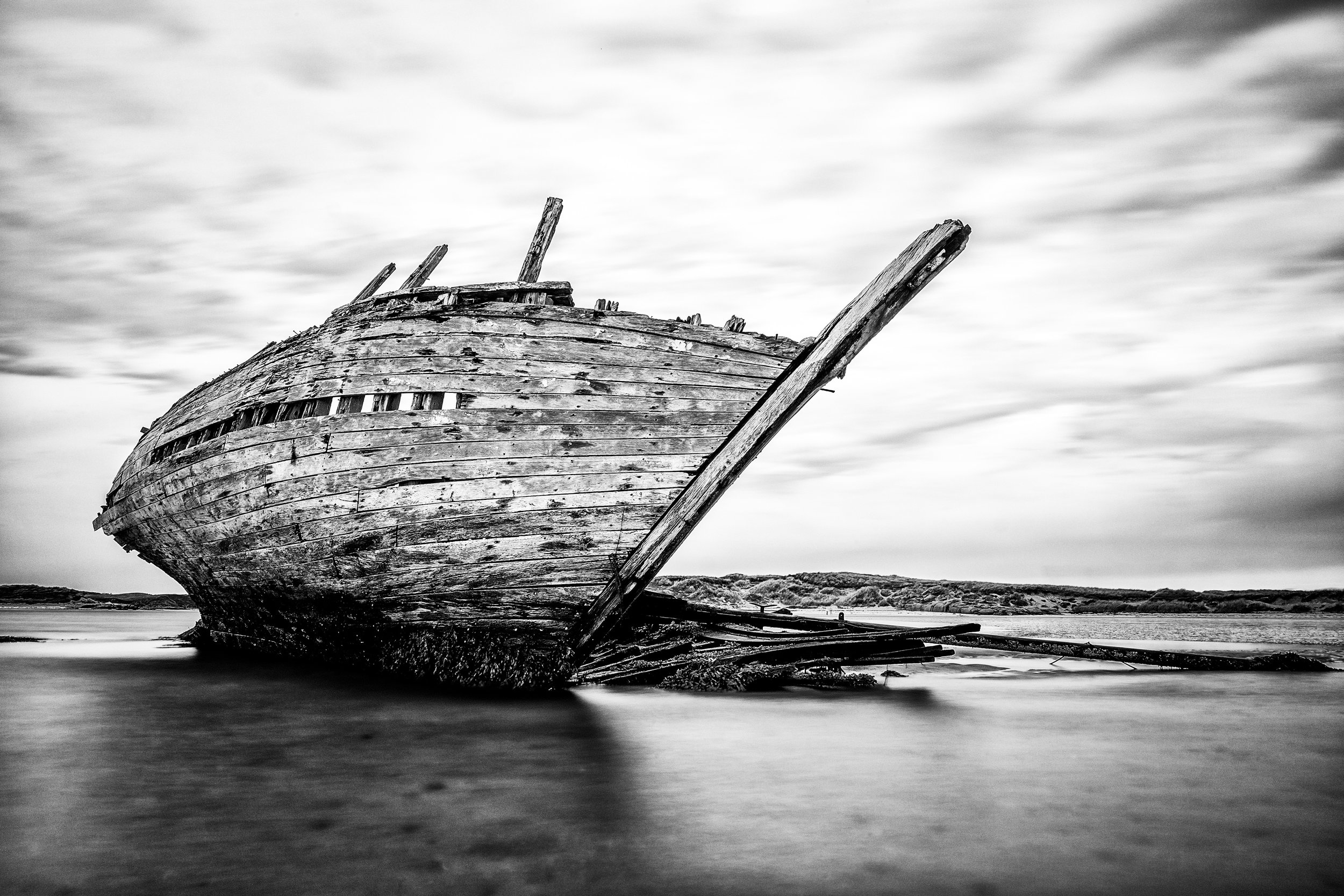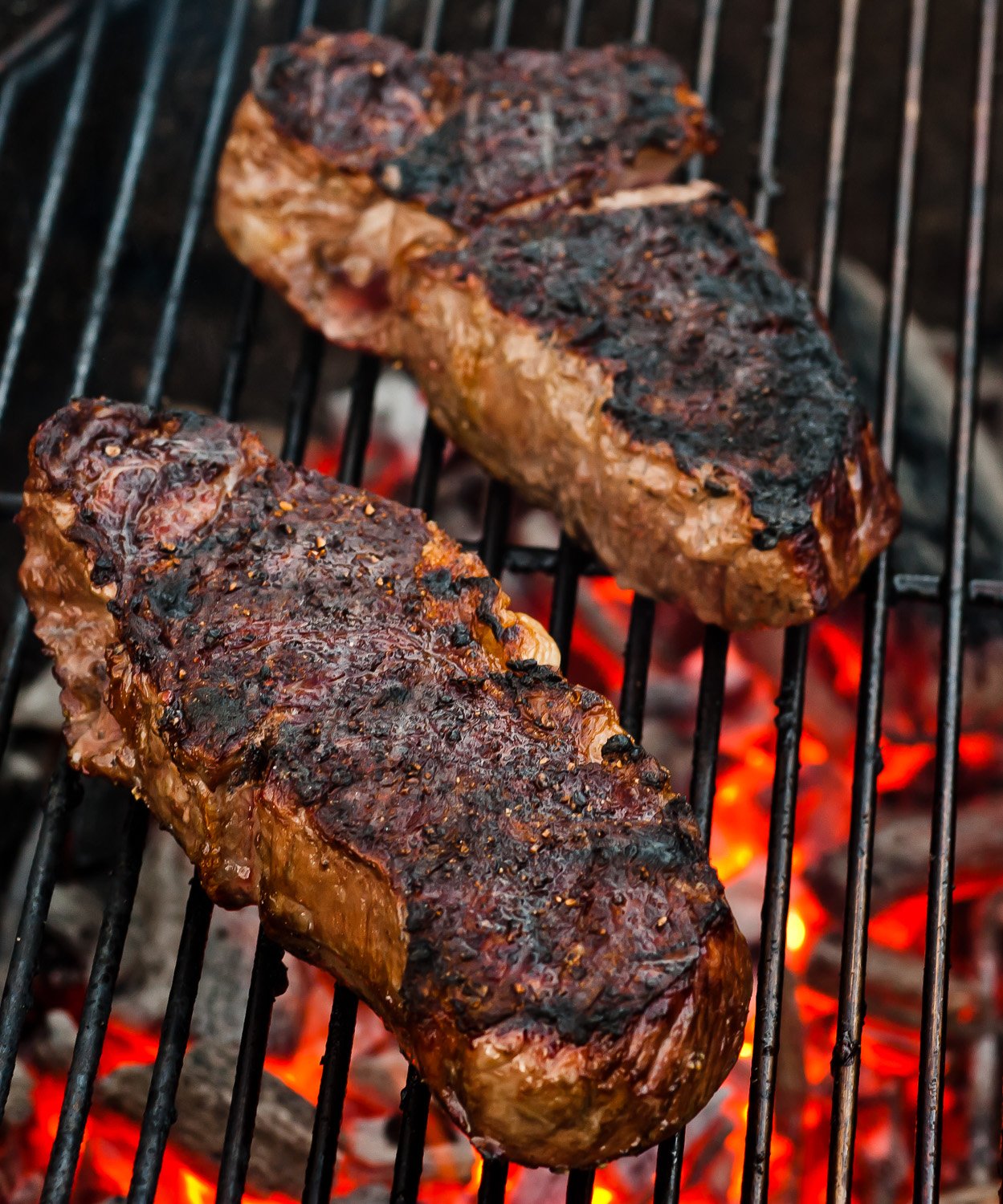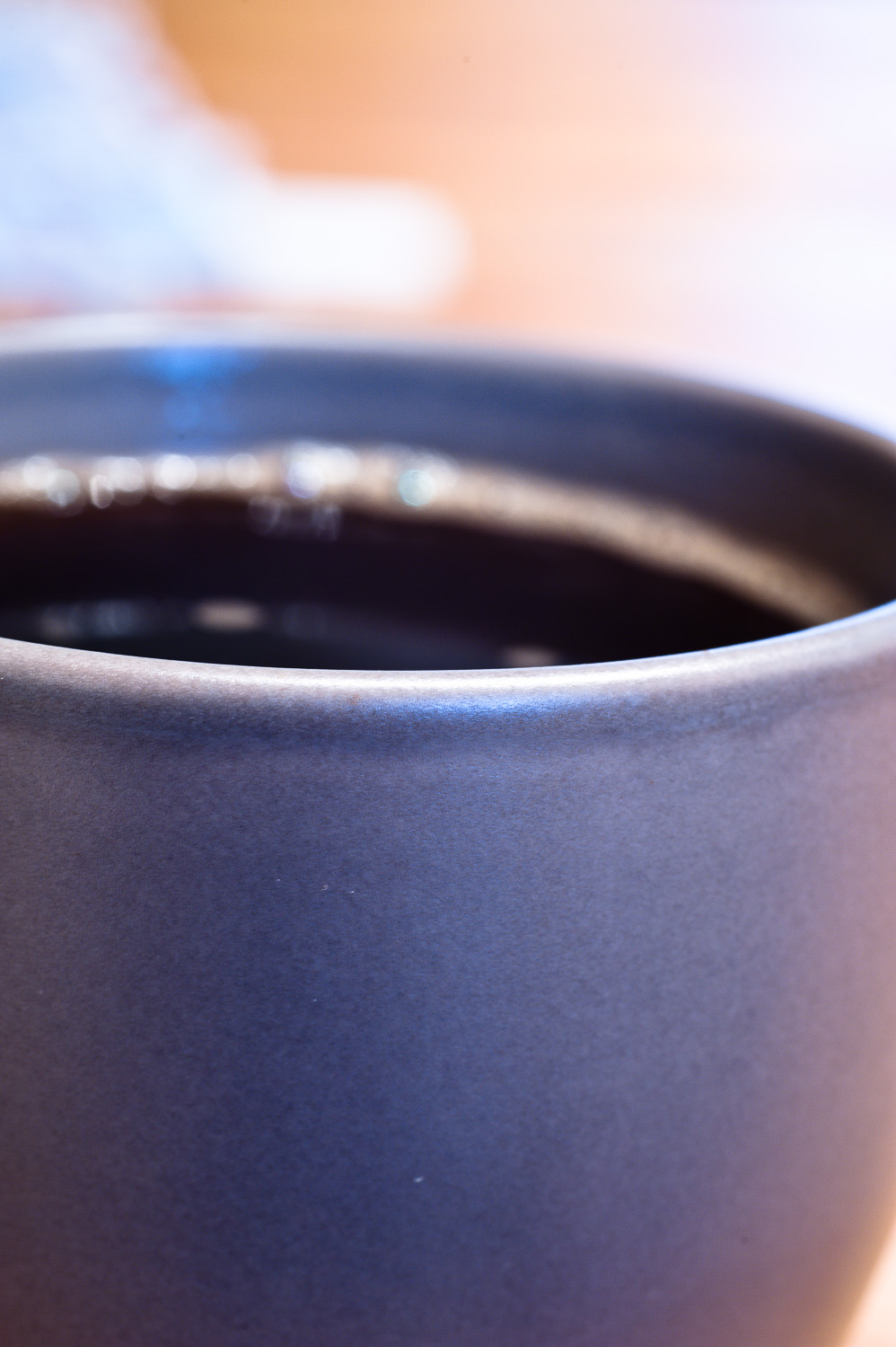Despite the provocative title, I don't think you can easily say one tool is better than the other. What I'm noticing with Luminar is that the workflow is different enough that it takes me down a different path. I think that's part of where I was frustrated before. Previously, I'd attempt to duplicate an image's look in Luminar. That's not the point of using a different tool though. If I could just replicate the same look and nothing else why bother switching in the first place? I think you have to be willing to look at a new tool as its own thing. Luminar has a very different workflow compared to Lightroom. That's both good and bad if you're expecting to carry over your Lightroom workflow, then you'll be frustrated. If you embrace the Luminar workflow, for what it is, then you'll possibly find that you go down a different path.
So far, for me, I'm finding that Luminar works for me when I'm pushing for a more heavily processed, dramatic style. Maybe that's because I'm still getting used to some of the sliders, but I find it's quite easy to dial up the drama, and when an image is suited to that approach I think it's working quite nicely.
The other big area that's taking some adjusting for me is the approach in Luminar that you can mask everything. I'm still working with this to figure out what the best strategy is for this style. While previously working on this test image I'd masked individual filters. This time, I opted for a plan of making my global edits on one layer, then I added a separate layer for the filters to be applied to the sky and the water. I created a new layer and inverted the mask from the sky/water layer to address the buildings. Finally, I used the exposure filter on two separate layers for dodging (increased exposure) and burning (reduced exposure). For some reason, I was having issues with the dodge and burn filter, so this approach worked better in this image. Personally, I've not been too fond of the dodge and burn layer as I'm not sure I like the method of just painting with lighter or darker, I prefer the approach of painting in an adjustment but still having control of the adjustment after I've done that work. But there are lots of ways to get to the same result.
Talking about adjustments brings me to one other area with which I'm still getting used. On the one hand, the ability to mask any filter (either on its own or as a layer mask) is immensely powerful, but sometimes I just want the simplicity of Lightroom's adjustment brush. If I just want to pop a bit of exposure into an area or paint in some warmth, I find the adjustment brush to be a bit more intuitive. With Luminar I'm still thinking about what filter do I want to use, then should this be a separate layer? It's very powerful, but it's not second nature to me yet. I suspect that's more the type of thing that will come with time.
The one feature I'm still waiting to see in Luminar is how the organisation feature will work. I like that Luminar can work with a non-destructive workflow, but it still processes the image on reopening, and this is one area where I feel that Lightroom has a better experience. If I've developed an image previously, then I don't end up with a very noticeable delay in opening up the develop module for that image. The organisation feature is coming in 2018 for Luminar, so I'll be interested to see how this works for a cataloguing workflow. I'm not convinced I need to switch away from Lightroom, and Luminar integrates into that workflow well anyway, but I'd like to consider my options.
